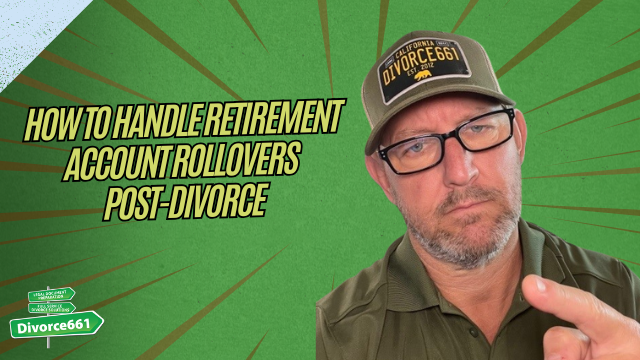How to Set Up a New Emergency Fund After Divorce
Divorce changes everything—especially your finances. As you step into this new chapter of life, one of the smartest and most empowering moves you can make is to establish an emergency fund. This financial safety net protects you from unexpected surprises like medical bills, car repairs, or sudden job changes, offering peace of mind when you need it most.
In this guide, inspired by insights from Tim Blankenship of Divorce661, we’ll walk you through why an emergency fund is essential for anyone newly single, how to build it even if you’re starting small, and practical steps to keep your savings on track.
Why Every Newly Single Person Needs an Emergency Fund
Imagine facing a sudden car breakdown or an unexpected medical bill without any financial cushion. Without an emergency fund, these surprises can wreak havoc on your finances, forcing you to rely on credit cards or dip into long-term savings meant for other goals.
An emergency fund is more than just money set aside—it’s your safety net. It shields you from financial stress and allows you to navigate life’s unexpected challenges with confidence. Knowing you have a cushion means you don’t have to panic when the “what ifs” arise.
Getting Started: The Power of Small Goals
Building an emergency fund doesn’t mean you need to save six months of expenses overnight. The key is to start—no matter how small. Begin with a modest goal of $500 to $1,000. This initial amount can cover many common emergencies and give you a strong foundation to build upon.
Consistency is critical. Even setting aside as little as $25 per payday can grow your fund steadily over time. The important part is to make saving a habit.
Where to Keep Your Emergency Fund
To keep your emergency fund safe and accessible, open a separate high-yield savings account. This ensures the money is not mixed with everyday spending and benefits from higher interest rates than a standard checking account. Having a dedicated account also reduces the temptation to dip into your emergency fund for non-emergencies.
Automate Your Savings for Success
One of the best strategies to build your emergency fund is to automate your savings. Set up an automatic transfer from your checking account to your emergency savings account every payday. This “out of sight, out of mind” approach makes saving effortless and helps you stay consistent, even when life gets busy.
A Real-Life Example
Consider the story of a client who, after her divorce, was living on a single income and worried about financial uncertainty. By setting up a simple budget and an automated savings plan, she managed to save over $2,000 in just a few months. This accomplishment not only improved her financial stability but also gave her invaluable peace of mind.
Building Your Financial Foundation After Divorce
Divorce661 offers more than just divorce paperwork. We guide you through the financial reorganization that comes after divorce, helping you create an emergency fund and a realistic budget tailored to your new circumstances. Our goal is to help you secure your future and rebuild your financial foundation with confidence.
Take the First Step Towards Financial Security
Starting an emergency fund is a crucial step toward financial independence and resilience after divorce. It’s about protecting yourself and gaining peace of mind, no matter what life throws your way.
If you’re ready to rebuild your financial foundation and want expert guidance, visit Divorce661.com for a free consultation. Let’s work together to get you on solid ground—starting today.










